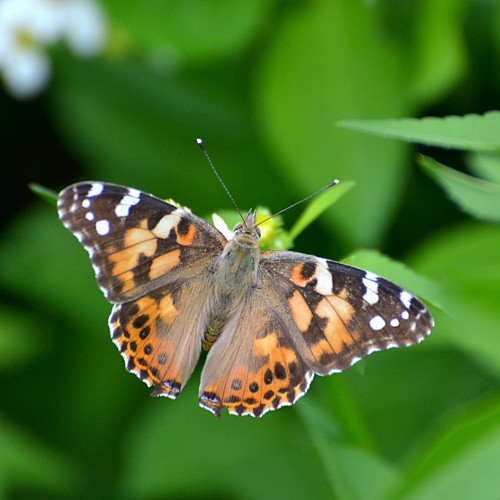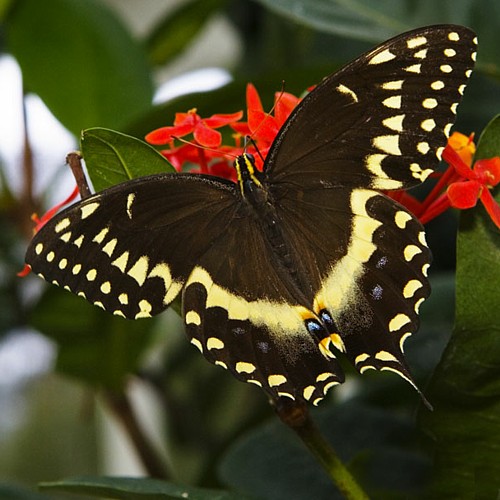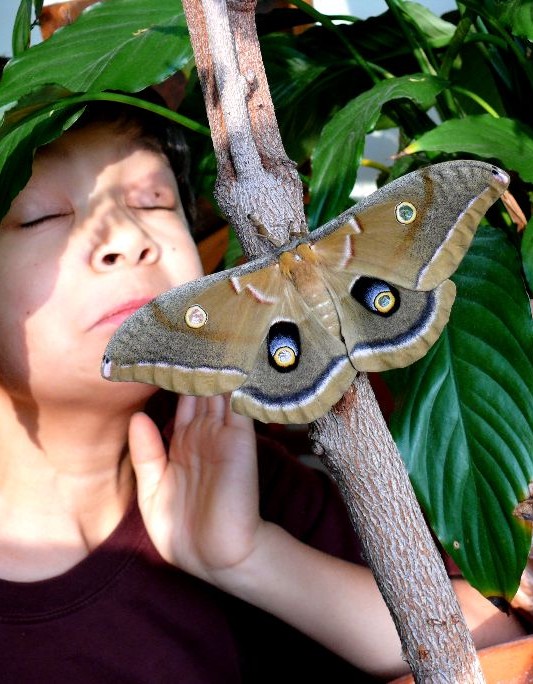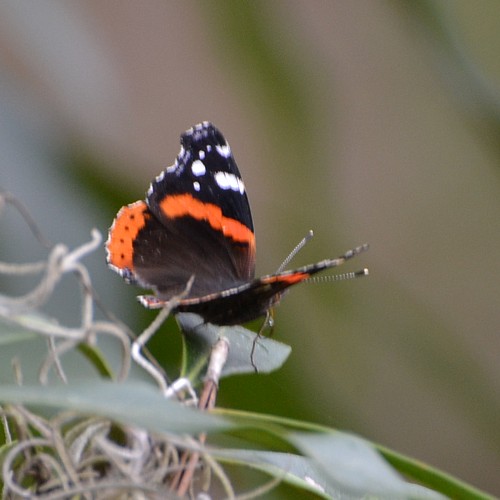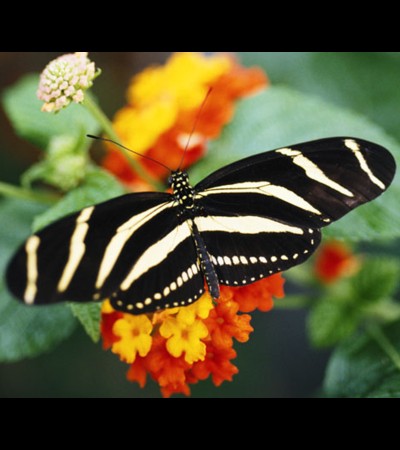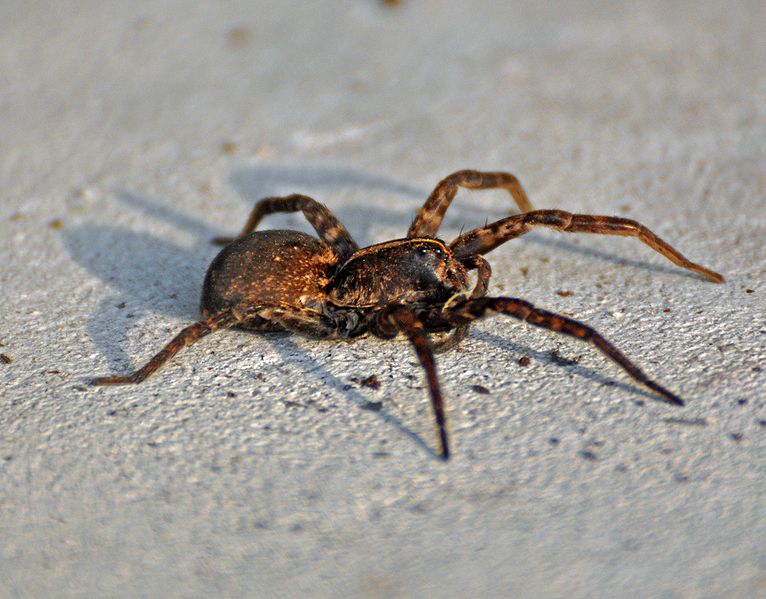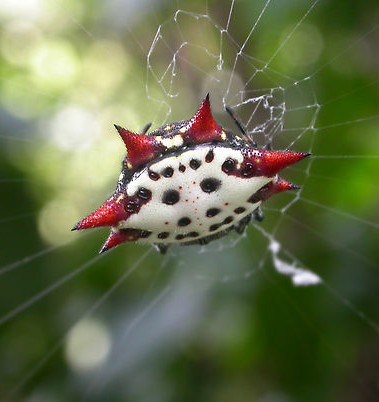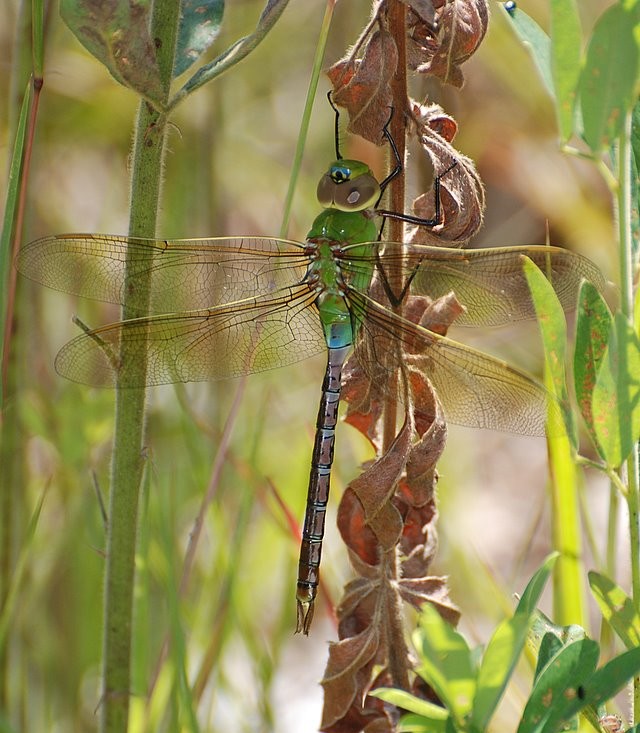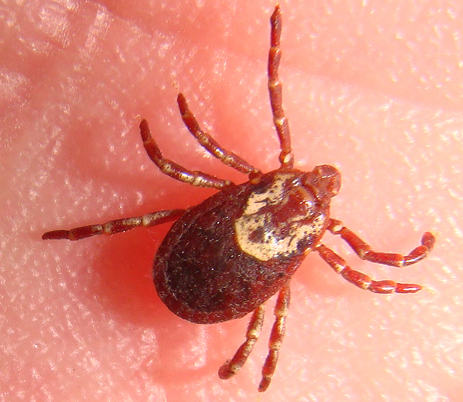BUTTERFLIES, INSECTS, SPIDERS, CRABS... (16)
Common name:American Lady
Scientific name:Vanessa virginiensis
Family:Brushfoot family
Habitat:Open areas, gardens
Food Plants:Asters
Common name:Eastern Tiger Swallowtail
Scientific name:Papilio glaucus
Family:Swallowtail family
Habitat:Meadows, open woods, gardens
Food Plants:Tulip and cherry trees
Season:March - November
Range:All Florida, ex. Keys
Common name:Giant Swallowtail
Scientific name:Papilio cresphontes
Family:Swallowtail family
Habitat:Open woods, citrus groves
Food Plants:Citruses and Torchwood
Common name:Gulf Fritillary (Passion Butterfly)
Scientific name:Agraulis vanillae
Family:Brushfoot family
Habitat:Fields, gardens
Food Plants:Passionflower
Common name:Monarch
Scientific name:Danaus plexippus
Family:Brushfoot family
Habitat:Open areas
Food Plants:Milkweeds
Season:Most common in fall when migrants arrive from north, en route to Mexico.
Common name:Palamedes Swallowtail
Scientific name:Papilio palamedes
Family:Swallowtail family
Habitat:Wooded swamps, borders
Food Plants:Red Bay, Sassafras
Season:March - December
Range:All Florida, except Keys
Common name:Polyphemus Moth
Scientific name:Antheraea polyphemus
Family:Giant silkworm moth family
Habitat:Broadleaf woods
Food Plants:Many broadleaf trees
Season:February - July, October - December
Common name:Red Admiral
Scientific name:Vanessa atalanta
Family:Brushfoot family
Habitat:Fields, woodlands, edges, gardens
Food Plants:Nettles
Season:Migratory; population erratic
Common name:Viceroy
Scientific name:Anartia Archippous
Family:Brushfoot family
Habitat:Marshy fields, meadows
Food Plants:Willows
Season:April - September
Range:All Florida, except Keys
Common name:White Peacock
Scientific name:Anartia Jatrophae
Family:Brushfoot family
Habitat:Moist or swampy areas.
Food Plants:Water Hyssop, Ruellia
Range:All Florida, except Keys
Common name:Zebra Longwing
Scientific name:Heliconiuscharitonius
Family:Brushfoot family
Habitat:Hardwood hammocs, deep woods, gardens
Food Plants:Passionflower
Common name:Golden-silk Spider
Scientific name:Nephila clavipes
Family:Arachnid class
Size:1"
Habitat:Woods, swamps
Common name:Carolina Wolf Spider
Scientific name:Lycosa carolinensis
Family:Arachnid class
Size:11/4
Caution:Wolf spiders are capable of defensive bites
Activity:Mostly at Night
Habitat:Fields
Common name:Crab-Like Spiny Orb Weaver
Scientific name:Gasteracantha cancriformis
Family:Arachnid class
Size:3/8"
Habitat:Woodland edges, shrubby gardens
Common name:Common Green-Darner
Scientific name:Anax junius
Family:Dragonfly family
Habitat:Ponds, lakes, fields
Range:All Florida, ex. Keys. Active all year in South-Florida; many migrate south from North-Florida in fall
Common name:Black and yellow mud dauber
Scientific name:Sceliphron caementarium
Description:The black and yellow mud dauber's nest is composed of a series of cylindrical cells that are plastered over to form a smooth nest about the size of a lemon. They are also the main predator of the black and brown widow spiders.
Common name:American Dog Tick
Scientific name:Dermacentor variabilis
Description:Brown with white markings, the American dog tick is one of the largest common ticks in Florida. They are usually found on vegetation beside paths and trails where they spend most of their life waiting patiently for an animal to walk past. Some people believe that ticks drop on you from the trees, but this is not true, they usually wait in bushes and grass at or below knee height.
Please enable JavaScript to view the comments powered by Disqus.

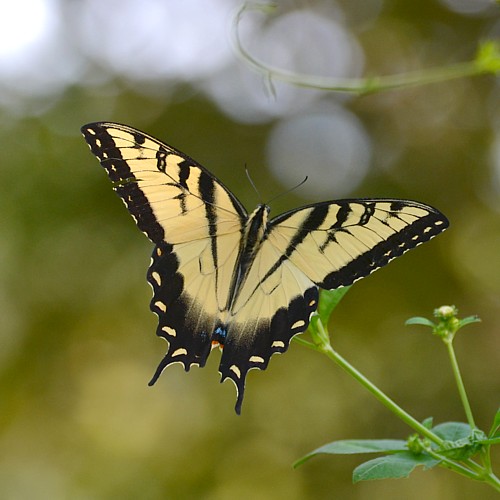 Eastern Tiger Swallowtail
©JaxBirding.com
Eastern Tiger Swallowtail
©JaxBirding.com
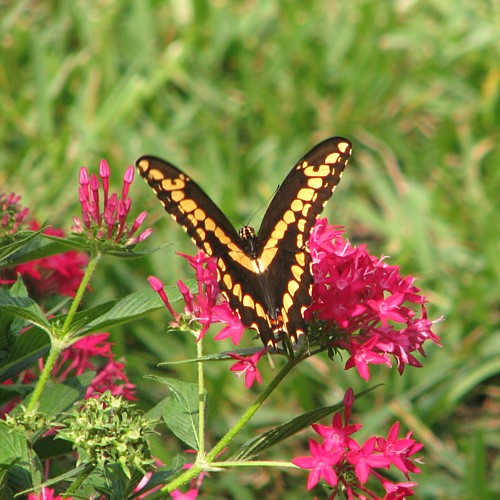 Giant Swallowtail
©JaxBirding.com
Giant Swallowtail
©JaxBirding.com
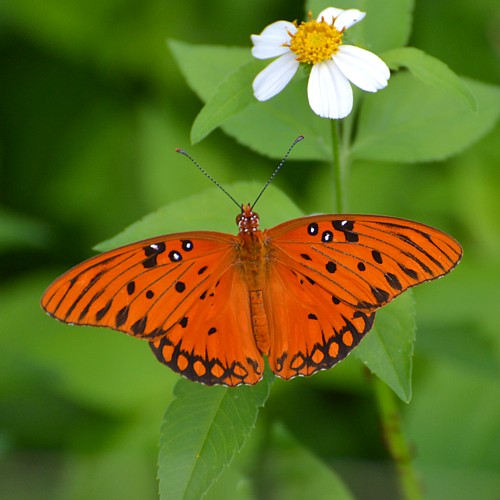 Gulf Fritillary
©JaxBirding.com
Gulf Fritillary
©JaxBirding.com
 Monarch
©JaxBirding.com
Monarch
©JaxBirding.com
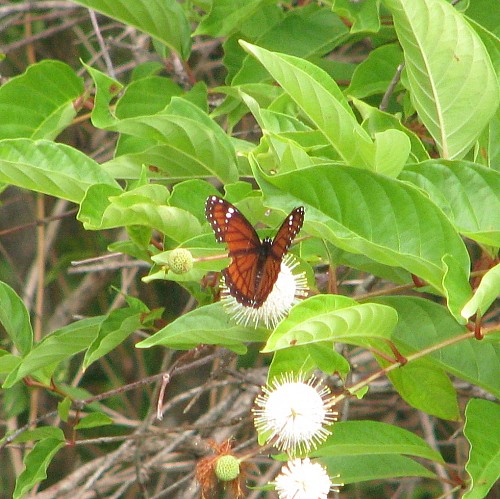 Viceroy
©JaxBirding.com
Viceroy
©JaxBirding.com
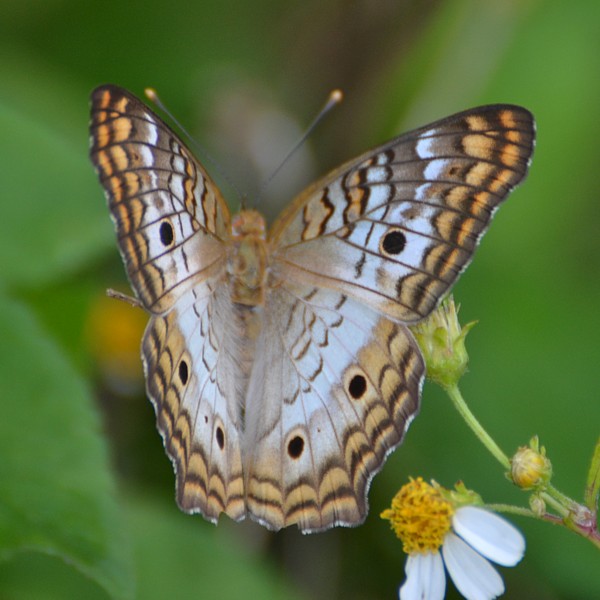 White Peacock
©JaxBirding.com
White Peacock
©JaxBirding.com
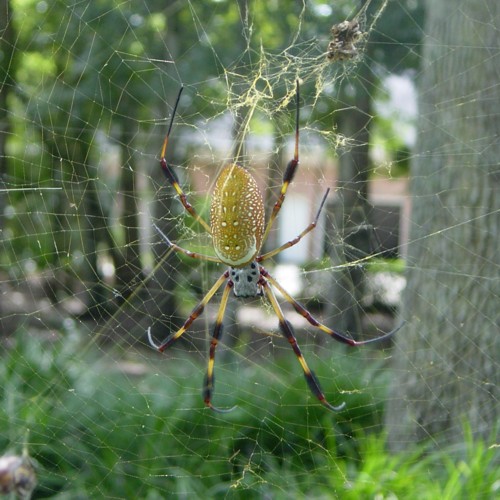 Golden-silk Spider
©JaxBirding.com
Golden-silk Spider
©JaxBirding.com
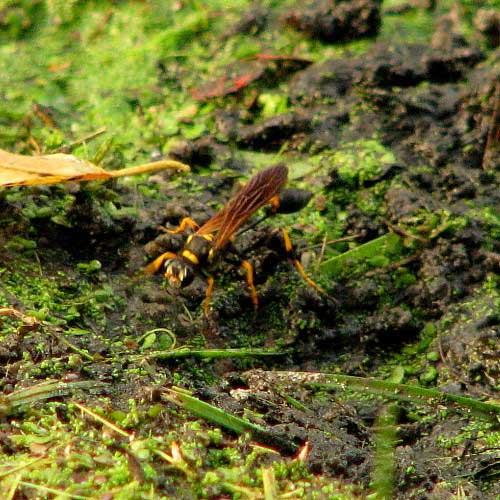 Black and yellow mud dauber
©JaxBirding.com
Black and yellow mud dauber
©JaxBirding.com

